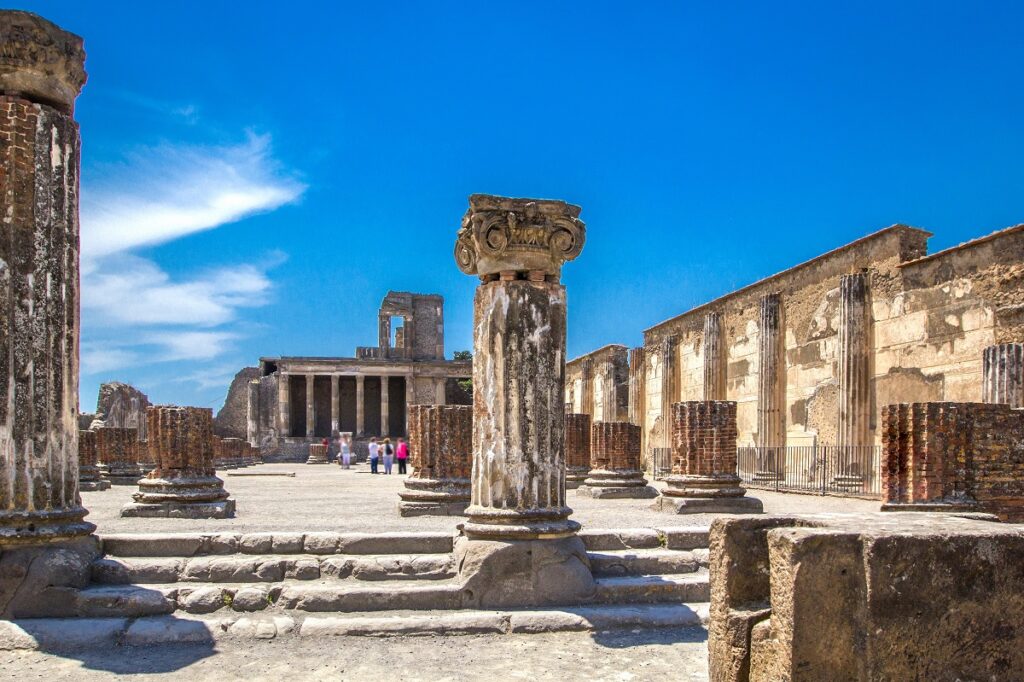2102 years ago, one of the most famous disasters in human history occurred – the eruption of Mount Vesuvius, which destroyed the Roman city of Pompeii. The beautiful Roman city disappeared from the surface of the Earth for over 1,500 years until excavations revealed it.
The day that brought destruction
On August 24 in the year 79 AD, the inhabitants of Pompeii woke up to a day that changed everything. Around midday, Vesuvius began spewing a massive column of ash that darkened the sky and blocked the sun. A rain of ash and rocks started falling on the city, gradually accumulating in the streets and on rooftops. Some residents tried to escape, while others hid in their homes. However, the hot mixture of gases, ash, and stones destroyed everything in its path and killed most of Pompeii’s population.
Pompeii as a reminder of nature’s power
Today, Pompeii’s archaeological site covers approximately 66 hectares and is one of the most significant sites in the world. It is exceptional because, thanks to the volcanic ash, houses, streets, shops, and even the bodies of the inhabitants have been preserved in nearly perfect condition.
What can you see here? For instance, the forum, where markets, political gatherings, and religious ceremonies were held, as well as temples of Jupiter, Apollo, and Venus, testify to the Romans’ religious life. The sophistication of Roman civilization is demonstrated by the theaters, the amphitheater for gladiatorial games, and the basilica, which served as a court and a place for business meetings.
The houses of wealthy inhabitants, with stunning frescoes, mosaics, and gardens, invite admiration. The cobbled streets are home to numerous shops, artisan workshops, thermal baths, and even a lupanar—a public house. The casts of Pompeii’s residents, captured at the moment of their death, offer a deeply emotional experience.
The rosary Basilica in Pompeii
Not only ancient but also modern Pompeii has much to offer. Near the famous ruins, you can visit the monumental cathedral Santuario della Beata Vergine Maria del Santo Rosario di Pompei, also known as the Basilica of Our Lady of the Rosary. This magnificent building, constructed in the neoclassical style, is an important pilgrimage site and an architectural gem. Its cornerstone was laid in 1876, thanks to Blessed Bartolo Longo, who transitioned from atheism and spiritualism to deep devotion to the Virgin Mary.
Inside the basilica, you will find rich decorations of frescoes, mosaics, and sculptures by Italian artists. You can also admire the statue of Bartolo Longo and the crypt containing his tomb. The pride of this papal basilica is the painting of Our Lady of Pompeii, restored by Bartolo Longo, which is credited with many miracles and healings.
